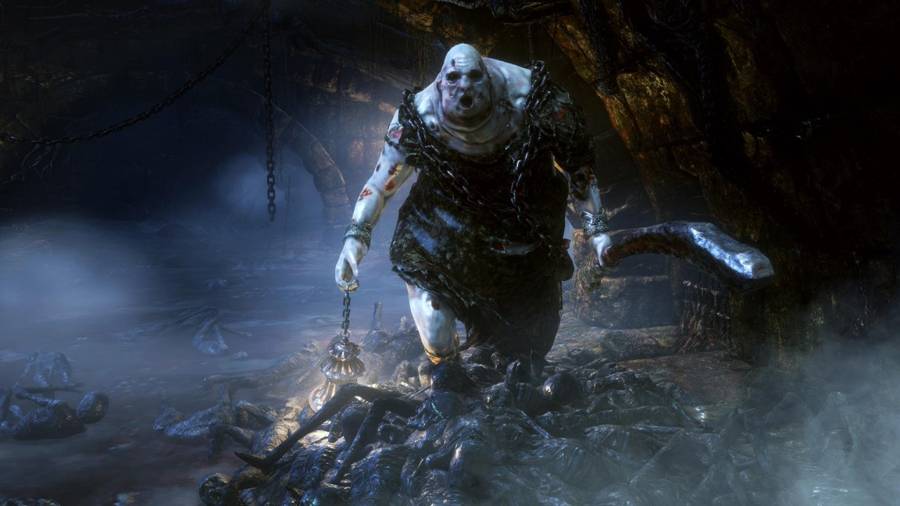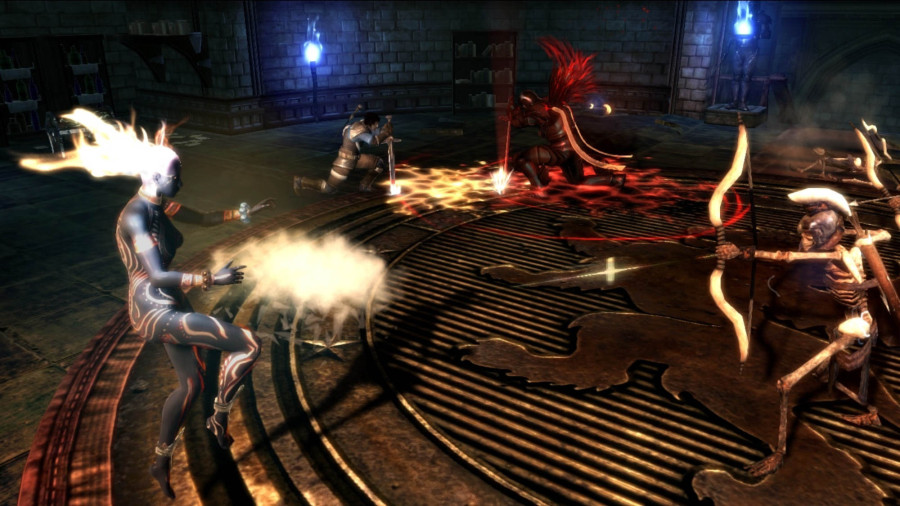Gaming is popular world wide and most people play games without knowing how a game is actually made. It takes inspiration, verve, technology, and more to create a game that captures the mind and heart of players all over the world.
The first step to making a game is to have a story. The story or plot is thought about and developed by game designers or players. Once the game is conceptualized, writers and artists work together on the storyboard and create sketches of the sequence with instructions for the technology team. The sketches are then scanned on to a computer and the next step is to breathe life into the story and characters.
Among the many ways to create a game a popular solution is Macromedia Flash MX. This allows the creation of rich, graphic and multimedia driven gaming. Flash has a player, authoring tool, and a file format. Flash allows game developers to use:
- Rich graphics.
- Create files that are user friendly and can be downloaded over the internet.
- Allows the import of graphic formats. This means designers can use Photoshop, Illustrator, Freehand, or Fireworks to develop the game as long as the graphics are vector.
- Flash lends itself to the creation of quality graphics that can be broadcast over the internet.
Flash can be used to create action, adventure, educational, first-person shooter, puzzle, sports, or role playing games.
The actual process of creating a game is complex but involves:
- Creating the characters. Sketches are fine tuned until they are perfect. These are then transformed into 3D characters. The figures are scanned into a computer and a digital skeleton is created. This is what defines the size, shape, and movements of any figure in a game.
- Next the programmers use Flash to bring movement and emotions into the figures of the game.
- Movement and characterization of the figures is followed by special effects and creation of the environment. Skies, clouds, wind, reflections, shadows, and more add mystery and atmosphere to the game. Flash allows developers to produce realistic and complex environments. It is the environment that gives life and motion to a game. The 3D effects are created using polygons along with texture mapping.
- This is followed by coding. Codes are instructions written by developers that lends intelligence to the game and drives a game forward. The more complex a code the more thrilling a game. Codes establish logic to a game and generate the excitement and uniqueness.
- Once the coding is done the testing begins. The testing helps the developer fine tune the game before it is marketed. This is when the game is rated by the Entertainment Software Rating Board. The rating indicates the appropriateness of the game for different age groups.
Flash is user friendly and therefore popular software with game developers. The World Wide Web offers Flash Tutorials for those interested in developing games. There are articles and tips and guidelines as well.





